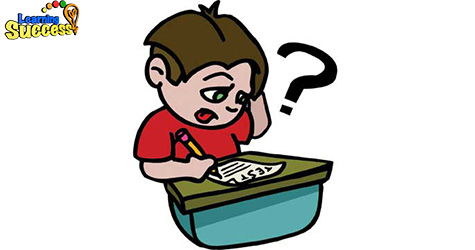
Like many children her age, fourteen-year-old Eliza has been diagnosed with Dyslexia. But despite the challenges it creates, Eliza shares her experiences in this wonderful video as a way to educate people concerning this little-understood disorder.
As the video describes, all of our brains “parts” (frontal, temporal, and occipital lobe) are connected by many tiny electrical pathways. Children without dyslexia naturally learn to connect the things they see in their minds with the things they hear and see on the pages of books. However, individuals with dyslexia have electrical pathways which are connected differently. That means they have difficulties linking sounds with what they see, and with the words written on a page.
The Brain Can Develop New Neural Pathways
Dyslexia may have a genetic component, as Eliza’s family has a history of the disorder. Despite the problems it causes in school, though, it's not all bad; many prominent members of society may have had dyslexia, including Albert Einstein and Walt Disney. In fact, researchers have seen a link between dyslexia, creativity, and problem solving. Certain exercises can also strengthen skills such as auditory discrimination, auditory memory, and visual memory.
When these skills are strengthened the language problems will diminish or fade away. It is also important to incorporate cross lateral exercises and gross motor skills as these stimulate neuroplasticity, which is how the brain forms new pathways.
All of these exercises can be found in the Learning Success System. Grab your copy today!
Key Takeaways:
“Is your child having difficulty with reading or other academics?” “Wondering if it’s dyslexia?” Use our free dyslexia test to get answers. Simply answer a few easy questions and find out now
You can get this analysis for free by filling out this simple form. This will help you get to the bottom of a learning difficulty and provide you with a solution. If you are ready to put this problem behind you click the button below and fill out the form.










